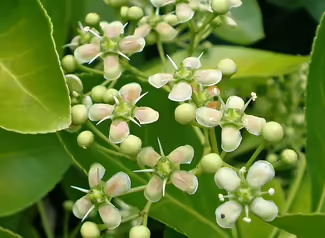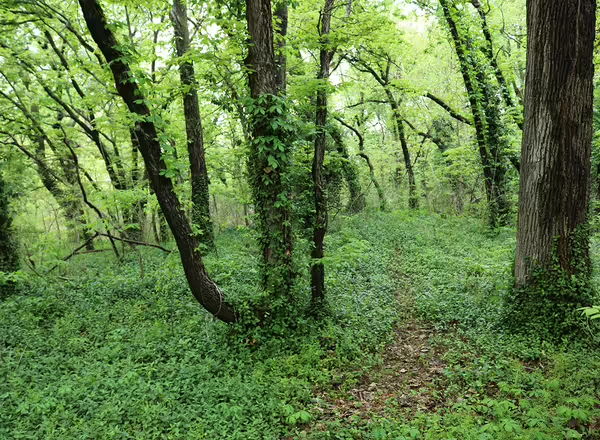
Invasive Wintercreeper
Wintercreeper Damage
Wintercreeper (Euonymous fortuneii) outcompetes native vegetation where it becomes established and can form dense monocultures. It climbs woody vegetation and can create dense mats which shade out understory vegetation. Its fruit are attractive to birds and seed is easily spread this way.

Wintercreeper is native to China, Korea, and Japan and was introduced into the United States in the early 1900s as ornamental groundcover. It has become naturalized across the eastern U.S.
Regulation of Wintercreeper
Wintercreeper is not listed as an invasive species in Illinois.
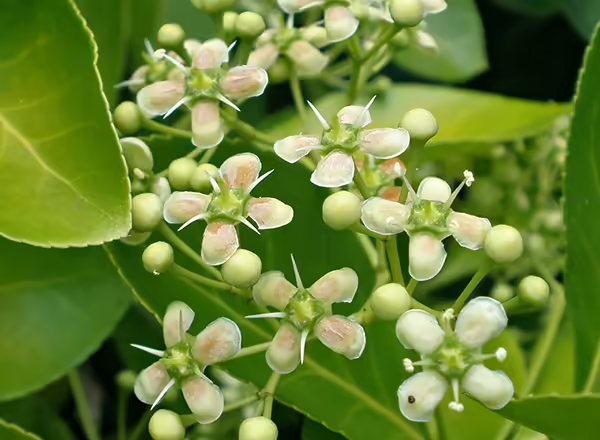
Wintercreeper has evergreen leaves which can be dark green or have green upper surfaces and purple undersides. Leaves are oppositely arranged on the stem, ovate, and up to 2.5 inches long. They have toothed edges and short petioles (up to 3/8 inch). Young stems are green, stout, and hairless, while older stems become gray with corky bark covered in hairs. Flowers are inconspicuous, with 4 green-yellow petals. Fruits are cream-colored capsules that split open in the fall to reveal a fleshy orange-red seed called an aril.
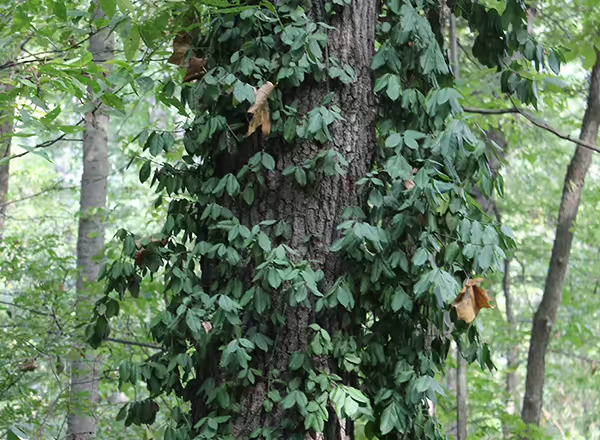
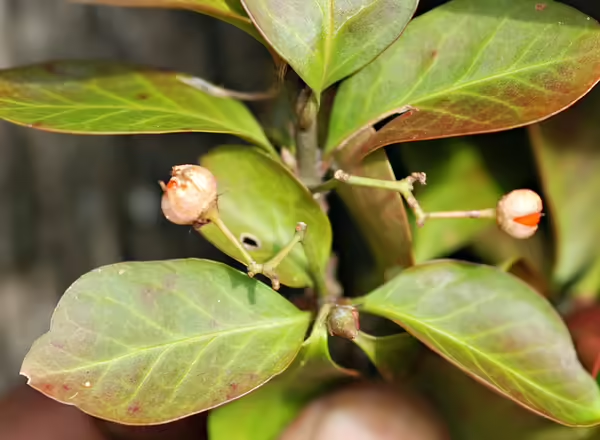
- Mechanical control: Mowing may keep plants suppressed but will not control populations.
- Chemical control: Always read and follow the herbicide label before initiating treatment.
- Foliar: Apply glyphosate (2% v/v in water) or triclopyr (1% to 2% v/v in water) during the growing season when plants are actively growing. Additional surfactant may be needed for complete control; check the herbicide label. Since wintercreeper remains green throughout the winter, foliar treatments with glyphosate may be made after the first killing frost, when native plants are dormant.
- Basal bark: For climbing plants with woody stems, the entire stem surface is rarely exposed, so basal bark treatments are not feasible.
- Cut stump: Cut a small section from the stem as it ascends the supporting tree and remove it to expose the cut surface. Apply glyphosate at a 25% to 50% v/v rate in water or triclopyr amine in water or ester in oil at a 20% to 25% v/v rate within 10 minutes of cutting.
For more information, explore Management of Invasive Plants and Pests of Illinois.



